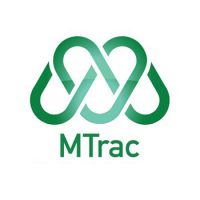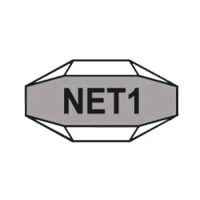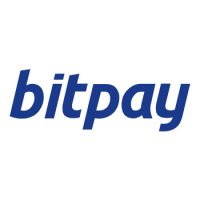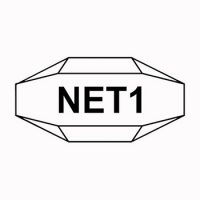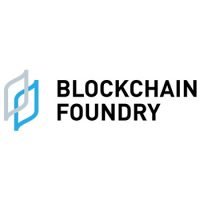Blockchain
YAO Network: The Blockchain Paradise Developers Have Been Waiting For

Permissioned blockchain? Private blockchain? Public blockchain? Fret not for YAO Network accepts them all. YAO Network is a cloud service paradise for new blockchain projects looking for a community to nestle in and make their homes there. By integrating cloud computation with decentralized computation, the YAO Network is able to support computation eco-platforms of multiple blockchain networks, maximizing the utility of all participants while helping projects to achieve their technological targets and generate value.
The YAO Network was built for a vision: to benefit developers and to help enterprises achieve much more, freeing the successes of blockchain technologies for all to enjoy. This vision grounds the design of YAO Network’s architecture as the platform seeks to establish a comprehensive service and utility computation platform where Pareto optimality is achieved amongst developers, enterprises, and overall public utility.
Like many other blockchain platforms out there, technology remains a key factor in determining a platform’s functionality. The YAO Network certainly has a strong pillar of support in its robust technical infrastructure to achieve its goals.
1. YAO Network integrates multiple computation paradigms in utility computation.
The YAO Network platform effectively combines three computational paradigms, cloud computing, decentralized computing and encrypted computing, to meet the demands of different applications and create maximum computation utility.
Cloud computation has been gaining massive popularity as a computational model in many enterprises and the public. The advantages of cloud computation are numerous. It saves cost for enterprises, developers and the public while offering flexible workload deployments, which enhances the overall utility of both individuals and society.
Recognizing the advantages of cloud computation, the YAO Network platform makes cloud computing the only carrier of all service and computation units in the blockchain. Cloud computing is not only utilized for deployments and encrypted computation of centralized applications, but also widely applied in decentralized blockchain networks.
2. YAO Network standardizes decentralized and centralized computation units based on cloud computation.
Different computation units have been designed for various types of applications to promote the usage of blockchains in the public domain. YaoLet is the solution designed by the YAO Network for decentralized applications, while BuildPack is its equivalent for centralized applications designed based on PaaS. The entire architecture is rested on these two solutions alongside other services. As YaoLet and BuildPack are both multiplexed; developers and service providers can participate in the sharing of YaoLet and BuildPack and reap the rewards through corresponding YAO Network reward system.
3. YAO Network allows softwares to define blockchain through topological orchestration and virtualization.
Most computations are no longer an isolated and individual computation unit; they have complex interconnections that are unified by a topological structure. This combination of computational units is achieved through topological orchestration.
On one hand, new services and components can be combined and orchestrated by existing computation units. On the other hand, various infranets in blockchains can also be orchestrated to establish corresponding nodes and services. Most blockchain architectures like YAO Network take on a modularized approach where interledger general blockchain protocols are made viable through plugging and unplugging every component and service as well as modularizing operations. The blockchain network becomes the virtual superposition of peer-to-peer networks, making it possible to define new blockchain network models and service models through virtual and abstract orchestrations.
4. YAO Network supports multiple blockchain network architectures and paradigms including public blockchains, permissioned blockchains and private blockchains.
The blockchain network within YAO Network supports three types of blockchains, namely public blockchain, permissioned blockchain and private blockchain. They can be broken down into shared and exclusive nodes based on the extent of its isolation. Enterprises and developers can build on shared blockchains or create their own exclusive blockchains on the YAO Network platform. Another alternative would be to classify the blockchain network based on its testnet and mainnet, and their applications.
5. YAO Network maximizes utility of developers, enterprises and the general public.
YAO Network is a one-stop blockchain service platform for blockchain service consumers, developers and enterprises to share innovations both in public and private. One of the biggest hurdles blockchain has yet to overcome is its low adoption rate and thus the YAO Network has provided blockchain PaaS services for developers to utilise and a platform where they can release their blockchain products directly to blockchain service providers. This forms a healthy supply and demand ecosystem as iterations of blockchain products are incubated or eliminated based on practicality and impact. Those that are proven viable will unite and form a larger blockchain ecosystem and platform.
Developers even earn the chance to make some profits through the YAO Network. The network rewards developers when their creations are utilised by others. In addition, the YAO Network has three specific function modules in terms of product modality: blockchain marketplace, enterprise aggregation and solutions, and developer community. This forms a trinity that works together to serve both developers and enterprises. Driven by supply, YAO Network solves the scarcity of blockchain comprehensive services by connecting and bridging between developers and enterprises, in order to establish a healthy and organic ecosystem where all participants have maximum utility within the system.
6. YAO Network has high inclusivity in the system.
A well-designed architecture should have open interfaces. Every layer delivers its own functions, and is connected to each other through the same cross layer interface. The YAO Network system is designed based on important principles including openness, security, technology neutrality, verifiability in the future, interoperability, scalability, modularization, manageability and dependability, to achieve inclusivity in the system.
YAO Network embraces existing and future blockchain applications and is committed to establishing a comprehensive computation platform with multiple blockchains, multiple computational paradigms and integrated utilities.
SOURCE YAO Network
Blockchain
Blocks & Headlines: Today in Blockchain – May 9, 2025
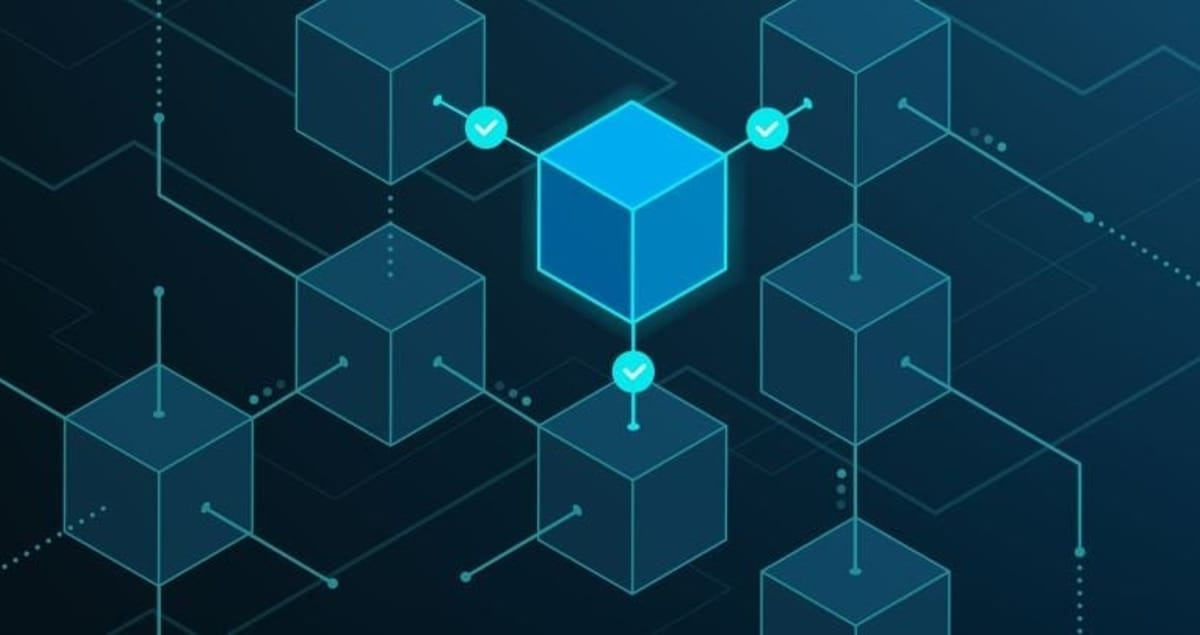
Welcome to Blocks & Headlines, your daily deep-dive into the most impactful movements in blockchain technology and the cryptocurrency sector. In today’s edition, we unpack five major stories that illuminate trends in funding, sustainability, payment innovation, banking collaborations, and technical interoperability—all vital signposts for developers, investors, and Web3 enthusiasts. Here’s what’s on the docket:
-
Camp Network’s New IP-Focused Testnet
-
Blockchain for Sustainable Packaging
-
Meta’s Blockchain-Based Payment System Plans
-
Mocse Credit Union Joins Metal Blockchain’s Innovation Program
-
Apex Fusion on the Urgency of Blockchain Defragmentation
Through concise reporting, opinion-driven analysis, and SEO-optimized insights—featuring keywords like blockchain, cryptocurrency, Web3, DeFi, and NFTs—we’ll explore how these developments shape the next wave of decentralized finance, enterprise adoption, and mass onboarding.
1. Camp Network Launches Testnet for IP-Focused Blockchain
What Happened:
Camp Network has unveiled its long-anticipated testnet following a $30 million funding round led by leading crypto VCs. This new network is tailored for intellectual property (IP) asset tokenization, aiming to streamline rights management and royalty payments via smart contracts.
-
Technical Highlights:
-
Modular Consensus: Hybrid PoS/PoA consensus that allows IP rightsholders to validate transactions.
-
On-Chain Licensing: Smart contracts enabling programmable licensing terms, automated royalty splits, and revocable access controls.
-
Interoperability: Bridges to Ethereum and Polygon enable seamless asset transfers and liquidity provisioning.
-
Analysis & Implications:
By focusing on IP tokenization, Camp Network addresses a glaring gap in current NFT platforms, which often lack robust legal-framework integration. This specialization could catalyze:
-
New Revenue Models: Musicians, authors, and inventors can fractionalize royalties, unlocking liquidity and democratizing investment in creative works.
-
Institutional Adoption: Traditional publishers and studios may pilot tokenized licensing, accelerating blockchain’s entrée into regulated industries.
-
Secondary Markets: With on-chain licensing data, marketplaces can enforce provenance and anti-fraud measures more effectively.
Camp Network’s testnet success will hinge on developer tooling, legal partnerships, and gas-fee economics. Should it deliver a smooth UX and clear ROI for rightsholders, it could set a new standard for Web3 IP infrastructure.
Source: The Block
2. Blockchain as a Sustainable Packaging Game-Changer
What Happened:
A recent report explores how blockchain can revolutionize sustainable packaging by delivering end-to-end supply-chain transparency. The solution combines on-chain tracking of materials, IoT sensor data for carbon footprint measurement, and tokenized incentives for recycling.
-
Key Components:
-
Immutable Traceability: Each packaging component is logged on a public ledger, enabling consumers to verify sustainable sourcing.
-
Carbon Credit Tokens: Brands earn tokenized credits when they hit recycling targets, tradable on carbon-market DAOs.
-
Consumer-Facing Apps: QR-code scanning interfaces reveal environmental impact metrics and reward programs.
-
Analysis & Implications:
Integrating blockchain with sustainable packaging tackles greenwashing and fragmented reporting. The ability to tie physical materials to on-chain records introduces:
-
Enhanced Accountability: Brands face real-time public scrutiny of ESG claims, improving trust and regulatory compliance.
-
Market Mechanisms: Carbon credit tokens linking packaging to broader DeFi ecosystems incentivize circular economy behaviors.
-
Consumer Engagement: NFTs or loyalty tokens tied to sustainable purchases could accelerate brand loyalty in eco-conscious demographics.
This convergence of blockchain, IoT, and token economics exemplifies how decentralized technologies can underpin not only financial systems but also planetary stewardship.
Source: Yahoo Finance
3. Meta Plans New Blockchain-Based Payment System
What Happened:
Meta is reportedly developing a blockchain-powered payment network to underpin its digital wallet ambitions, aiming to facilitate low-fee remittances, in-app purchases, and peer-to-peer transfers across Facebook, Instagram, and WhatsApp.
-
Proposed Features:
-
Cross-Border Settlements: Utilizing stablecoins pegged to major fiat currencies to avoid volatility.
-
Layer-2 Scalability: Built atop an Ethereum Layer-2 or a proprietary chain to ensure sub-second confirmation times and minimal fees.
-
Regulatory Compliance: On-chain KYC/AML checks integrated via permissioned sidechains.
-
Analysis & Implications:
Meta’s push into blockchain payments could reshape the competitive landscape:
-
Crypto On-Ramp: With 3 billion+ monthly users, built-in wallet functionality could massively expand mainstream cryptocurrency adoption.
-
Disintermediation Risk: Traditional payment processors and remittance services face margin compression as Meta internalizes transaction flows.
-
Regulatory Scrutiny: Centralized control of a global payments network raises data-privacy and antitrust questions, likely attracting significant oversight.
If Meta balances decentralization ethos with compliance demands, it could serve as a blueprint for other Big Tech firms eyeing Web3 integration.
Source: Dig.watch
4. Mocse Credit Union Joins Metal Blockchain’s Banking Innovation Program
What Happened:
Mocse Credit Union has signed on to Metal Blockchain’s Banking Innovation Program, a consortium designed to accelerate pilot projects in tokenized lending, fractional deposits, and programmable savings accounts.
-
Program Benefits:
-
Sandbox Environment: Regulatory-compliant testbeds for tokenized asset experiments.
-
API Integrations: Plug-and-play modules for KYC, smart-contract auditing, and fiat-crypto on-ramps.
-
Co-Innovation Workshops: Joint labs with fellow financial institutions and DeFi projects.
-
Analysis & Implications:
This partnership signals the banking sector’s growing willingness to explore blockchain beyond hype:
-
Tokenized Deposits: By issuing interest-bearing stablecoin equivalents, credit unions can attract a new demographic of digitally native savers.
-
Risk Management: Sandboxed pilots allow institutions to evaluate smart-contract risks without exposing core systems.
-
Interoperable Finance: Aligning legacy banking with DeFi rails can unlock hybrid products—e.g., flash loans collateralized by insured deposits.
Such collaborations could spearhead a wave of embedded finance offerings, blurring the lines between centralized and decentralized banking infrastructures.
Source: Newswire
5. Apex Fusion: Defragmenting Blockchain for Mass Adoption
What Happened:
In an op-ed, Apex Fusion argues that blockchain interoperability and defragmentation are critical prerequisites for mainstream Web3 uptake. The piece advocates standardized cross-chain messaging protocols, unified identity layers, and aggregated liquidity pools.
-
Core Proposals:
-
Protocol Neutral Messaging: A universal middleware to transmit value and data across disparate chains.
-
Decentralized Identity (DID): A shared credential framework enabling seamless dApp logins without wallet-hopping.
-
Liquidity Hubs: Cross-chain Automated Market Makers (AMMs) that pool assets to reduce slippage and gas friction.
-
Analysis & Implications:
A fragmented blockchain ecosystem hinders user experience and developer efficiency:
-
Onboarding Friction: New users face wallet complexity, chain-switching hassles, and inconsistent UX across apps.
-
Capital Inefficiency: Isolated liquidity silos lead to higher trading costs and limit DeFi yield optimization.
-
Developer Overhead: Building multichain dApps requires fragmented toolkits and disparate security audits.
Solving these challenges through interoperable frameworks will be pivotal for DeFi, NFT, and enterprise Web3 solutions to scale beyond niche audiences. Apex Fusion’s recommendations may inform upcoming standards efforts by bodies like the Blockchain Governance Initiative Network (BGIN).
Source: Euro Weekly News
Conclusion
Today’s blockchain developments reflect a maturing industry at the crossroads of innovation and integration:
-
Specialized Networks: Camp Network’s IP testnet showcases niche use-cases driving targeted blockchain deployments.
-
Sustainability & Token Economics: Linking environmental impact to on-chain incentives demonstrates blockchain’s potential in non-financial arenas.
-
Big Tech Entry: Meta’s payment ambitions could accelerate global crypto adoption while raising regulatory stakes.
-
Banking Collaboration: Programs like Metal Blockchain’s underscore financial institutions’ appetite for safe, regulated Web3 experimentation.
-
Interoperability Imperative: As Apex Fusion highlights, defragmentation and cross-chain standards are essential for seamless UX and liquidity flow.
As blockchain weaves deeper into finance, supply chains, and digital ecosystems, the future hinges on striking the right balance between decentralization, compliance, and user-centric design. Stay tuned for tomorrow’s Blocks & Headlines where we continue to chronicle the pulse of Web3 innovation.
The post Blocks & Headlines: Today in Blockchain – May 9, 2025 appeared first on News, Events, Advertising Options.
Blockchain
Bitget Blockchain4Youth sostiene l’innovazione del Web3 e dell’IA all’hackathon “Build with AI” di Google Developer Group
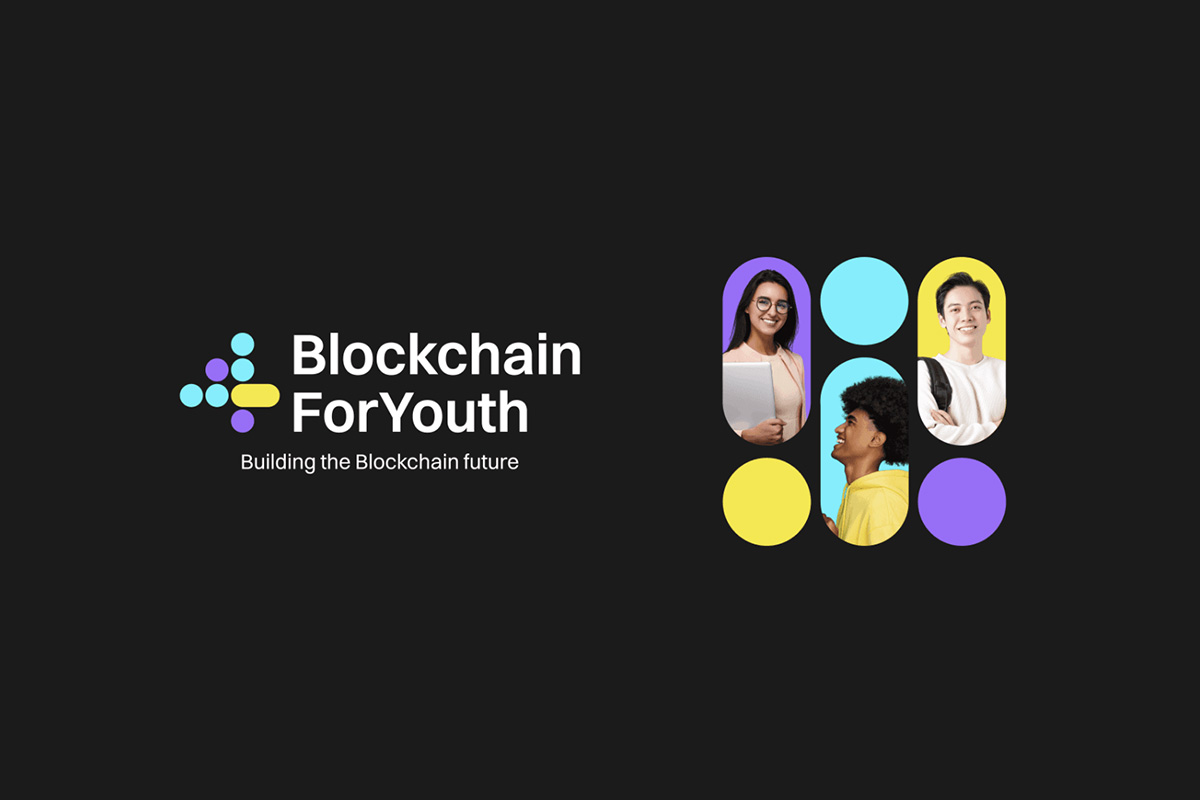
Bitget, società Web3 e uno dei principali exchange di criptovalute, ha ottenuto un riscontro significativo in occasione del recente hackathon “Build with AI”, tenutosi dal 2 al 5 maggio 2025 presso la Constructor University. Spingendosi oltre la semplice sponsorizzazione, l’iniziativa Blockchain4Youth di Bitget ha coinvolto attivamente più di 130 studenti di talento.
L’evento, organizzato dai Google Developer Groups (GDG) on Campus, ha offerto a Bitget uno spazio dinamico per entrare in contatto diretto con gli innovatori tecnologici di nuova generazione. Nel corso di una presentazione dedicata, è stato introdotto il programma Blockchain4Youth Builder, che mostra l’impegno di Bitget nel formare giovani talenti all’interno dello spazio del Web3. Questa partecipazione evidenzia l’approccio lungimirante di Bitget nell’integrare la formazione in materia di blockchain con i settori emergenti come l’IA, riconoscendo il loro potenziale combinato.
Gli studenti hanno lavorato alla creazione di modelli basati sull’IA e di prodotti in fase iniziale utilizzando gli strumenti avanzati di Google, mentre la presenza di Bitget ha offerto una prospettiva unica su come la blockchain possa migliorare ed essere integrata nelle soluzioni di IA. Questa interazione con il mondo reale ha fornito preziose indicazioni agli studenti, colmando il gap tra conoscenze teoriche e applicazione pratica all’interno del panorama tecnologico in rapida evoluzione.
“La formazione rimane un principio fondamentale della nostra missione e, attraverso iniziative come Blockchain4Youth, intendiamo fornire alle nuove generazioni le competenze necessarie non solo per esplorare, ma anche per plasmare attivamente questo settore dinamico”, ha commentato Vugar Usi Zade, COO di Bitget. “Collaborare con comunità come il Google Developer Group offre una base preziosa per connettersi con talenti di spicco e aiutarli nel percorso di utilizzo della blockchain per creare soluzioni di impatto. Blockchain4Youth continuerà a espandere la sua portata, favorendo la crescita dei futuri leader del Web3 in grado di cogliere le numerose opportunità offerte da questa tecnologia”.
Il coinvolgimento mostrato all’hackathon “Build with AI” di GDG è un elemento chiave del più ampio programma Blockchain4Youth di Bitget, l’iniziativa aziendale dedicata alla Responsabilità Sociale d’Impresa (RSI). Questo programma mira a favorire la prossima generazione di leader Web3 attraverso opportunità formative ed esperienze pratiche.
Tra le iniziative più recenti del programma Blockchain4Youth c’è il lancio del Graduate Program di Bitget, concepito per reclutare i migliori laureati nel settore blockchain e Web3. Inoltre, l’espansione del programma Bitget Builders continua a fornire agli individui più promettenti del Web3 un’esperienza diretta attraverso gli eventi offline, i programmi formativi e la crescita strategica della community.
A proposito di Bitget
Fondata nel 2018, Bitget è una società Web3 tra i principali exchange di criptovalute al mondo. Con oltre 100 milioni di utenti in più di 150 Paesi e aree geografiche, l’exchange Bitget si impegna ad aiutare gli utenti a fare trading in modo più smart con la sua pionieristica funzione di copy trading e altre soluzioni di trading.
The post Bitget Blockchain4Youth sostiene l’innovazione del Web3 e dell’IA all’hackathon “Build with AI” di Google Developer Group appeared first on News, Events, Advertising Options.
Blockchain
India’s Fintech Market to Reach $990 Billion by 2032 at 30.2% CAGR – Fintech Firms Eye Untapped Indian Digital Payments Market with Secure, Low-Cost Digital Financial Solutions
-

 Blockchain Press Releases4 days ago
Blockchain Press Releases4 days agoHTX Premieres USD1 Stablecoin Globally, Partnering with World Liberty Financial to Forge a New Era of Decentralized Economy
-
Blockchain3 days ago
Colb Asset SA Raises $7.3 Million in Oversubscribed Round to Bring Pre-IPO Giants to Blockchain
-

 Blockchain Press Releases4 days ago
Blockchain Press Releases4 days agoJuCoin made a global impact at TOKEN2049 Dubai, advancing its ecosystem with the “Peak Experience” vision and JuChain’s robust tech.
-

 Blockchain3 days ago
Blockchain3 days agoBlocks & Headlines: Today in Blockchain – May 7, 2025 | Coinbase, Riot Games, Curve DAO, Litecoin, AR.IO
-

 Blockchain Press Releases2 days ago
Blockchain Press Releases2 days agoHTX and Justin Sun Launch $6M Mars Program Special Edition, Offering One User a Historic Space Journey
-

 Blockchain Press Releases3 days ago
Blockchain Press Releases3 days agoGRVT Launches Biggest Ever Trading Competition for Retail Traders, Offering Up to 175,000 USDT in Prizes
-

 Blockchain2 days ago
Blockchain2 days agoBlocks & Headlines: Today in Blockchain – May 9, 2025 | Robinhood, Solana, Tether, China, Women in Web3
-

 Blockchain4 days ago
Blockchain4 days agoBlocks & Headlines: Today in Blockchain – May 6, 2025 | Arkham, DMG Blockchain, Solana, Prologis




















